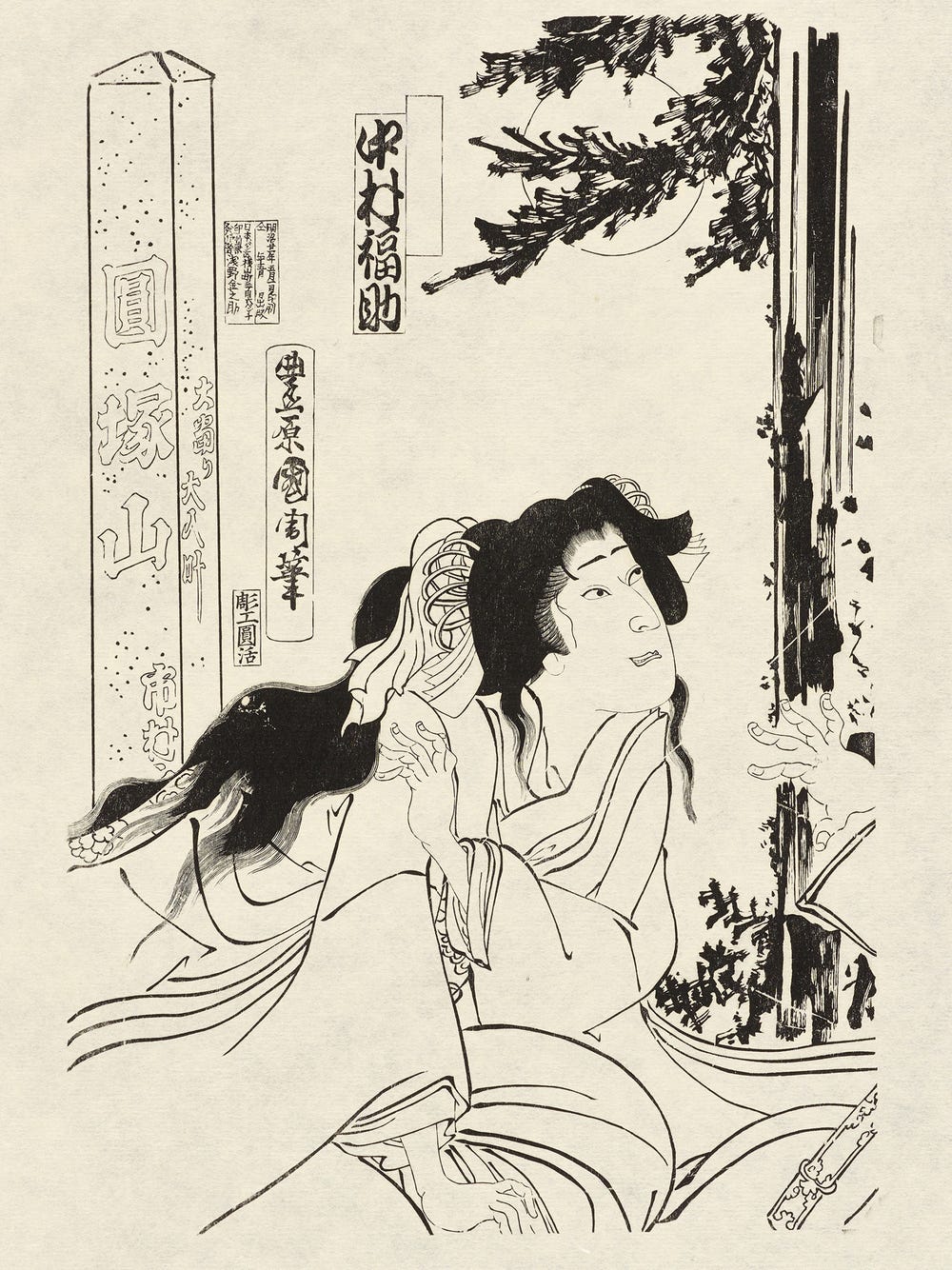The bonnets are ancient accordions in dark silk, and the calot is a waterfall of lavender. The Mongolian hat is a golden peak rising from a ruff of fur, and comes with a little set of earmuffs to match. The Textile Lab at the de Young stores and maintains these hats and nearly 500 more, all part of the Museums’ huge textile collection.
For decades the hats had occupied wooden shelves filled with striped hatboxes donated by I. Magnin, once San Francisco’s premier luxury department store. As plans were made for a new de Young building, a survey revealed that mounting and storing these hats in the new space would be a significant undertaking.
The project is still ongoing, and much of the work is done by volunteers, many of whom have worked at the Museum for decades. These include including Barbara Nitzberg and Barbara Authur — affectionately referred to as “the Barbaras” — who have over 54 years of combined volunteer experience. The Barbaras have had a long interest in weaving, sewing, dying and other textile arts, and they’ve worked on all kinds of projects over the years, from tapestry conservation to weave analysis. But they love this collection of hats — their “old friends” as they sweetly refer to them — and so we asked them to show us a few particular examples of their work.
This bonnet, also known as a calash, was acquired by the museum in 1901. When the volunteers assessed the hat, they realized that the accordion shape could collapse on itself, stressing the fabric and delicate ribs. To maintain the right shape, they carved a lozenge-shaped form from Ethafoam, a stable material used in conservation.
The storage boxes for these objects are often exquisite constructions in themselves, built by hand to embrace a hat securely without crushing it. The final test of a box’s viability is the “earthquake shake,” when a conservator lifts and sways the box to make sure it can ride out a small tremor.
When this hat, a type known as a “calot,” was made in Los Angles in 1944, the designer started with a dome shaped cap and then added an elaborate tail of feathers. As light as they appear, the force of gravity subjects these feathers to constant tension.
The volunteers solved this problem by suspending the feathers in a delicate web created from a hairnet lined in silk. The net was hung from small pilings at the edges of the box, and the cap itself was stored in a concave depression.
Originally designed to appear light and ethereal, this spray of lavender ostrich feathers — if left alone — would deflate. Understanding these unseen pressures and tensions is a key aspect of the volunteers’ work.
Some hats, like this Mongolian example in golden silk, take on a unique shape. Instead of a simple ovoid volume — the natural shape of the human head — this hat requires a gently curved mount with a soft peak; a little snowdrift.
This hat also came with small earmuffs, and so the volunteers sewed tiny individual pouches to hold each one.
The textile collections display a huge range of human ingenuity, and sometimes the construction of a particular hat is completely foreign to the volunteer who’s charged with preserving it. For the volunteers this can be the best kind of challenge — preserving the intensions of a hat maker who may have lived many miles away, and many decades before.
Most of the materials in the Textile Lab would be familiar in any tailor shop: silk, cotton muslin, thread. Knives and needles are the relatively simple tools of the trade. But what makes the work sing is the conversation around each challenge, as the volunteers toss out ideas, confer and kvetch, applying years of accumulated experience to each new set of problems.
Passing on these skills is also a vital part of the work, as interns learn at the knee of the volunteers, developing portfolios to apply to graduate programs. This collaboration prepares the next generation of conservators; men and woman eager to take on the task of preserving the world’s great collections.












